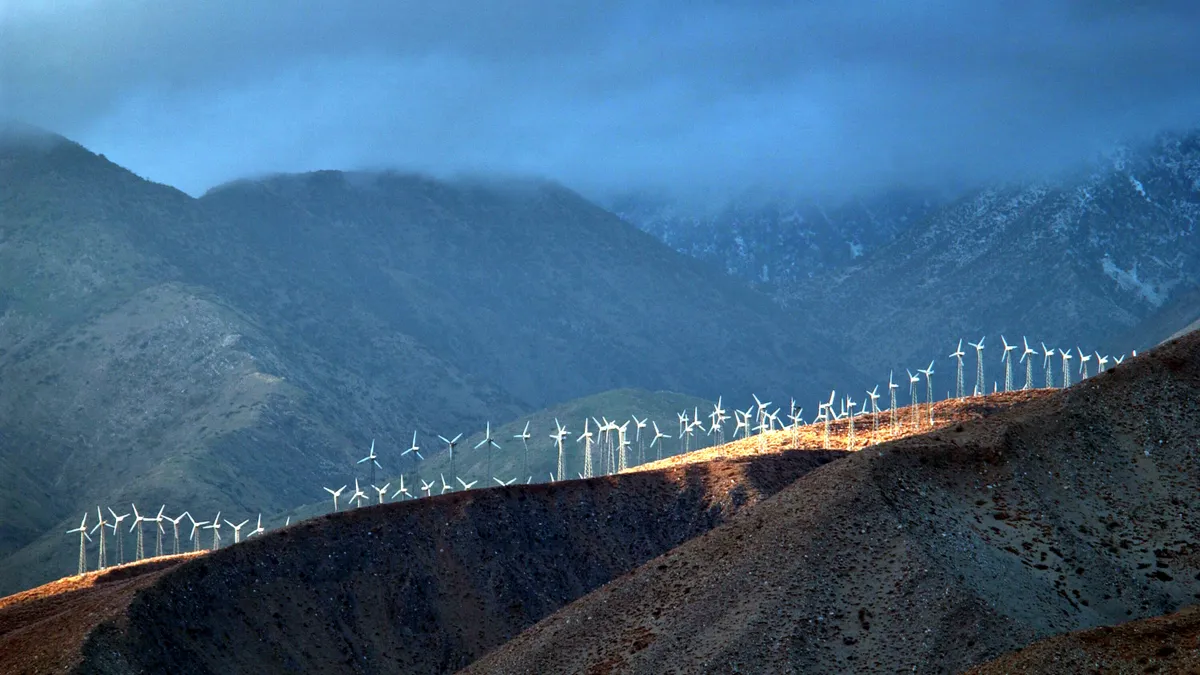Dive Brief:
- Tax incentives for renewable energy projects in the Inflation Reduction Act will reduce the costs of developing these projects by as much as 67%. But finding locations for projects and plugging them into the grid will be difficult, says a Monday report from the consulting firm ICF’s climate research group.
- “Nearly 1.3 TW of clean energy projects have applied for grid interconnection, but many projects languish for years waiting for approval and others are canceled due to insurmountable transmission upgrade costs,” the report says.
- ICF suggests that “developers, utilities, state and federal government offices” make use of all available technology to thoroughly map the U.S. landscape for siting decisions, while also working together to modernize transmission.
Dive Insight:
“The stakes are high for clean energy developers,” ICF says. “They need clarity around siting, the assurance that clean energy projects are being developed in locations that are feasible and maximize their return on investment.”
One of the tax incentives in the IRA is the 10% additional credit for projects developed in “energy communities,” the geographical boundaries of which the IRS recently released guidance on ahead of upcoming regulations.
ICF says in its report that the firm used the guidance in the IRA with public data to calculate the impact of energy community bonus adders on project siting in Louisiana and found that “around 80%—or 400 total—potential points of interconnection” in the state would qualify as energy communities.
Grid interconnection will be a crucial element of getting these projects into development without gridlock, delays and cancellations, the firm says.
“Due to limitations on the current power grid, clean energy project developers face increasingly high barriers to interconnect and the potential for long delays,” ICF says. “That means identifying sites with favorable development attributes — especially grid capacity — is a critical early step on the path to project completion.”
ICF suggests developers, utilities and other stakeholders develop a “ranking framework” to evaluate sites according to factors such as grid access and economic viability.
“Given steep upfront costs to take queue positions and the potential for significant delays in processing time, access to this information is a crucial first step in the screening process,” the firm says.
In a comment, Elise Caplan, vice president of regulatory affairs at the American Council on Renewable Energy, said the framework in the report is valuable for determining optimal siting, but the need for “significant” transmission build-out is a larger problem requiring broad-based action.
“Such an expansion of the grid requires long-term, multi-value transmission planning rather than a piecemeal approach based on the interconnection process, along with siting and permitting improvements, greater use of grid enhancing technologies and a minimum transfer requirement for interregional transmission,” Caplan said.
Correction: A previous version of this story erred in specifying the organization that produced the report. It is the ICF Climate Center, a climate research group within the global consulting firm ICF.














